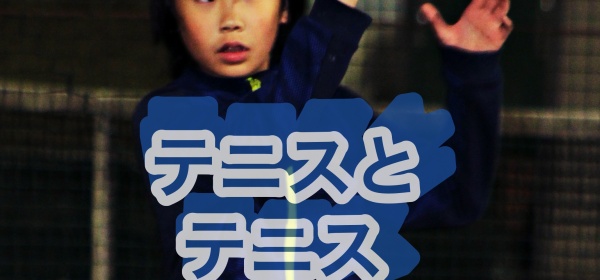Coaches teach tennis from the point of “racquet-ball” rather than movement and timing. Interception has two aspects, movement towards the ball to intercept it and create an impact point. This can differ from the concept of the hitting in which player can wait for the ball to approach before the impact. Even with the perfect contact point in which the ball lands at the string bed at the sweet spot, if the momentum of the hitter’s racquet movement does not match the movement momentum of the incoming ball, the stroke will not be satisfactory in intensity and direction






